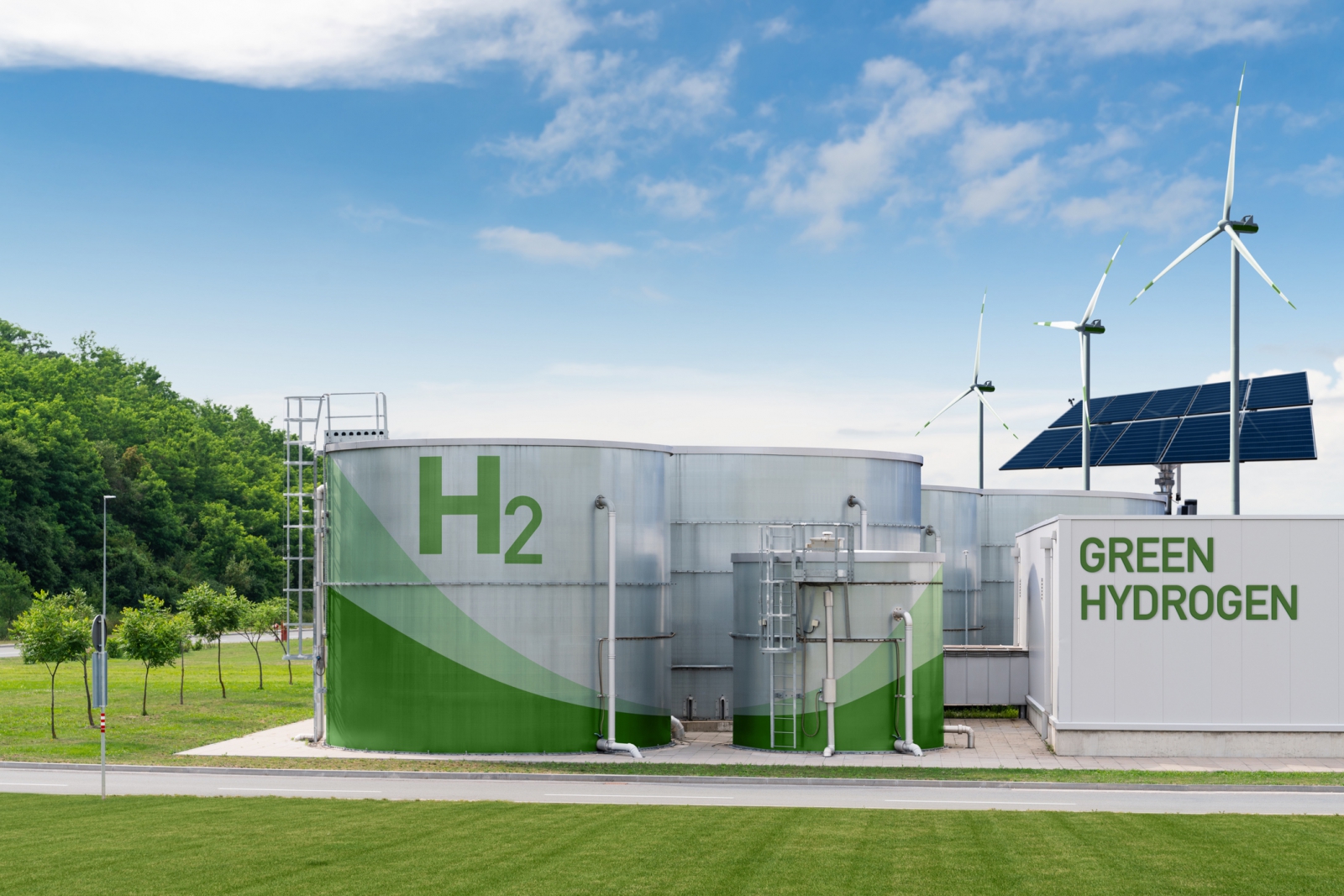
(Image: iStock)
Hydrogen, which produces only water when burned and does not emit carbon, is regarded as the "ultimate clean energy." In the future, hydrogen will be indispensable in the production of steel, natural gas power generation, and even automobiles.
The Indonesian Ministry of Energy and Mineral Resources (ESDM) is formulating a hydrogen energy plan that is expected to be implemented as early as 2025. The estimated total consumption will be between 125,000 and 245,000 tons, starting with the manufacturing and natural gas network sectors, and then expanding to the power generation and transportation industries.
Indonesia's low-carbon hydrogen potential
Indonesia is a country with great potential for developing renewable energy, which also means there is a significant opportunity to produce more green hydrogen. According to the country’s "National Hydrogen Strategy" report released in 2023, the Ministry of Energy and Mineral Resources (ESDM) stated that by 2060, Indonesia's potential for producing low-carbon hydrogen will reach 185,000 GWh in which such as Nusa Tenggara (16,572 GWh), South Sumatra (14,384 GWh), and Riau (14,402 GWh) all have opportunities for development.
Currently, some hydrogen applications have been developed across Indonesia. Indonesia's national oil company, Pertamina, has established facilities in West Java province to produce green hydrogen through geothermal power generation, with simultaneous research conducted in North Sulawesi. In addition to Pertamina, the Indonesian state-owned electricity company (PLN) began operating a geothermal power plant in West Java earlier this year. The hydrogen produced from this plant is used to supply hydrogen refueling stations (HRS) for automobiles. Moreover, PLN has previously operated 21 green hydrogen plants (GHP), capable of producing 100 tons of green hydrogen annually.

Hydrogen station in Indonesia. (Photo: ESDM)
Hydrogen's future in key industries
In order to achieve energy transition, hydrogen can be applied in various sectors, including industry, natural gas pipelines, transportation, and power generation. Tony Susandy, the Coordinator of New Renewable Energy Technology and Environment at Ministry of Energy and Mineral Resources (ESDM), recently at the "The Enormous Potential and Future of Hydrogen Fuel Vehicles" forum stated that the two industries prioritized for implementing hydrogen as the energy source in 2025 should be manufacturing and natural gas pipelines.
For manufacturing sector, goverment will target industries with relatively high emissions, including cement, iron and steel, and chemical industries. It is projected that hydrogen consumption will reach 1 million tons by 2045 and increase to 3.91 million tons by 2060. On the other hand, the implementation of hydrogen blending in natural gas pipelines is progressing slower, with the sector expected to reach only 225,000 tons by 2060.
In terms of transportation, due to the higher infrastructure requirements of hydrogen vehicles, it will take until 2030 to implement, with an estimated consumption of 612 tons. It will only significantly contribute to the national hydrogen energy consumption by 2060. In the short term, the development of hydrogen vehicles still faces various obstacles, including relatively high hydrogen production costs, inadequate infrastructure, and regulations related to the charging ecosystem of hydrogen fuel cell vehicles (FCEVs) not being comprehensive enough.
Although "Power generation" is the slowest application in the hydrogen energy industry, it will have the greatest contribution in the future. Tony shared that while this sector can only contribute 141,000 tons of hydrogen by 2045, it will become the largest contributor to national hydrogen energy by 2060, reaching 4.58 million tons, a significant impact that cannot be underestimated.
Source: KataData, Investor.ID, PLN


